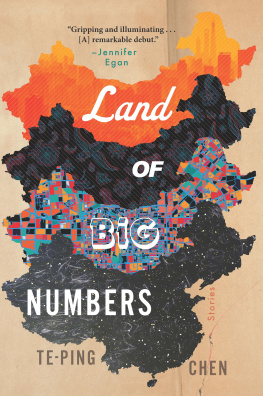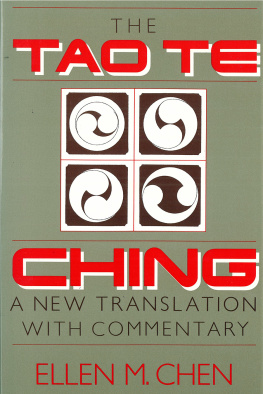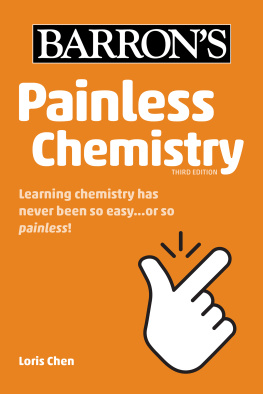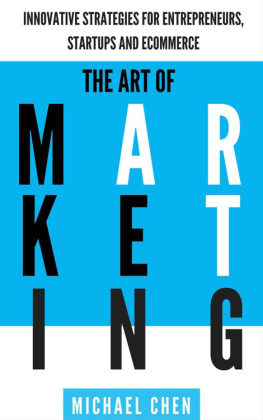
Copyright 2019 by Mark Chen. All rights reserved. No portion of this book, except for brief review, may be reproduced, stored in a retrieval system, or transmitted in any form or by any meanselectronic, mechanical, photocopying, recording, or otherwisewithout written permission of the publisher. For information contact Blue Snake Books c/o North Atlantic Books.
Published by Blue Snake Books, an imprint of North Atlantic Books
Berkeley, California
Cover photo gettyimages.com/Elinalee
Cover design by Jasmine Hromjak
Book design by Happenstance Type-O-Rama
Printed in the United States of America
Chen Style Taijiquan Collected Masterworks: The History of a Martial Art is sponsored and published by the Society for the Study of Native Arts and Sciences (dba North Atlantic Books), an educational nonprofit based in Berkeley, California, that collaborates with partners to develop cross-cultural perspectives, nurture holistic views of art, science, the humanities, and healing, and seed personal and global transformation by publishing work on the relationship of body, spirit, and nature.
North Atlantic Books publications are available through most bookstores. For further information, call 800-733-3000 or visit our websites at www.northatlanticbooks.com and www.bluesnakebooks.com.
PLEASE NOTE: The creators and publishers of this book disclaim any liabilities for loss in connection with following any of the practices, exercises, and advice contained herein. To reduce the chance of injury or any other harm, the reader should consult a professional before undertaking this or any other martial arts, movement, meditative arts, health, or exercise program. The instructions and advice printed in this book are not in any way intended as a substitute for medical, mental, or emotional counseling with a licensed physician or healthcare provider.
Library of Congress Cataloging-in-Publication Data
Names: Chen, Mark, 1964- author.
Title: Chen style Taijiquan collected masterworks: the history of a martial art / Mark Chen.
Description: Berkeley, California : Blue Snake Books, [2019] | The
present volumes main matter consists of translations from a collection of
texts entitled Chen shi tai ji quan hui zong (Chen family Taijiquan
collected masterworks) published in 1935, some of which probably date from
the very earliest period of Tai ji quans developmentTranslators
Preface. | Includes bibliographical references and index.
Identifiers: LCCN 2019005599 (print) | LCCN 2019021771 (ebook) | ISBN
9781623173944 (ebook) | ISBN 9781623173937 (paperback)
Subjects: LCSH: Tai chi.
Classification: LCC GV504 (ebook) | LCC GV504 .C4874 2019 (print) | DDC
613.7/148155dc23
LC record available at https://lccn.loc.gov/2019005599
This book includes recycled material and material from well-managed forests. North Atlantic Books is committed to the protection of our environment. We print on recycled paper whenever possible and partner with printers who strive to use environmentally responsible practices.
Translators Preface
The present volumes main matter consists of translations from a collection of texts titled Chen shi taijiquan hui zong (Chen family taijiquan collected masterworks) published in 1935, some of which probably date from the very earliest period of taijiquans development. The original collator of these works, Chen Zhaopi , is the author of the preface translated in chapter 2 and the General Explanation of Elementary Taijiquan, Outline of Movements in chapter 4, and certainly had a hand in the Explanatory Note on Push-Hands in the same chapter.
The Biography of Mr. Chen Yingyi in chapter 1 was written by a sworn brother of Chen Zhongshen as front matter for Chen Xins book Taijiquan tu shu jiang yi (Taijiquan illustrated instruction manual), the expanded version of which was later published as Illustrated Explanation of Chen Family Taijiquan. The material in the Biography of Chen Zhongshen, also in chapter 1, similarly appeared in Taijiquan tu shu jiang yi, though its provenance is slightly less clear. Like the Biography of Mr. Chen Yingyi, it was apparently passed to Chen Xin by a friend, though Chen Xin asserts that it is based on some Chen family historical records. Beyond these hints, the exact content and authorship of the latter source is presently unknown. Annotations are given in places where the narrative correlates to known historical events; otherwise, the accuracy of these accounts is left for the reader to judge. The entire Taijiquan tu shu jiang yi (including all of its prefaces) is part of Zhaopis original anthology, but excepting the aforementioned prefaces, it is not included in the present translation, both for space reasons and because its expanded version (the Illustrated Explanation) is already available in English.
The remaining documents, appearing in chapter 3, are a group of three manuscripts that Zhaopi attributes to his ancestor, Chen Changxing (and, for the sake of brevity, this attribution is generally used throughout). Changxing is the fourteenth-generation Chen Village descendant who unified the martial-art system that is the ancestor of every taijiquan style practiced today, with the exception of Chen styles small frame variants.
The first two of the Changxing manuscripts, Chen Changxings Verse of Taijiquan and the Compilation of Authentic Taijiquan, have appeared in other versions, with different titles, and have also been attributed to Chen Wangting. According to the analysis presented in appendix C, it is probable that these texts predate Changxing, though by how much, it is difficult to say. It should be noted that the titles of these works were supplied by Chen Zhaopi; at the time of their composition, the term taiji was not in use as a name (thus, where it occurs in the body of the text, it is descriptive rather than appellative).
The last of the Changxing manuscripts, Chen Changxings Discussion of Taijiquans Ten Main Points, plausibly dates to Changxings lifetime. Interspersed amidst the theoretical discourse, this text contains what is perhaps some of the best practical martial-arts instruction ever written. It is clearly a transitional document on the timeline of taijiquans evolution, composed in an era when utility was still paramountthe work of a vastly experienced fighter wielding a vigorous rhetorical facility to convey the true look and feel of an advanced martial art. What emerges from this text is not theoretical pablum about soft overcoming hard, but a picture of the formidable fighting system that made the Chen clan of Wen County some of the most feared caravan guards and bandit hunters of the Qing dynasty, from Hubei to Shandong.
Expressions such as Meet the enemy head-on and oppose him like a great cannon shot or Grab the top, grab the bottom, forceful like a tiger, like a raptor diving on a chicken coop may evoke some cognitive dissonance in readers accustomed to modern versions of taiji, yet these are faithful characterizations of the art in its authentic form.
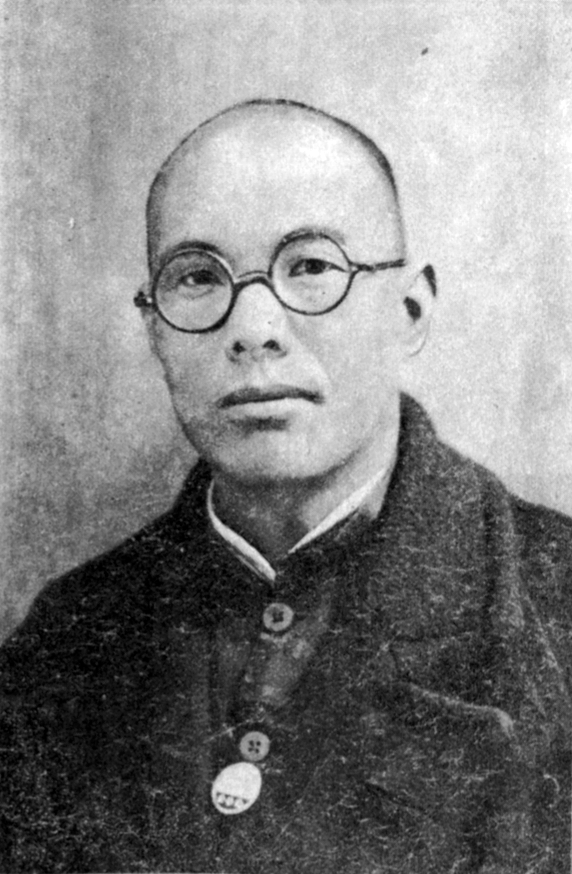
Chen Jifu Zhaopi
Biographical Notes on Chen Zhaopi
Chen Zhaopi, style-name Jifu , was Chen Villages renowned eighteenth-generation successor and a preeminent exponent of what is today called the old frame of Chen-style taijiquan. He belonged to what was perhaps the last generation of Chinese martial artists who actually fought bandits with swords.
Next page




